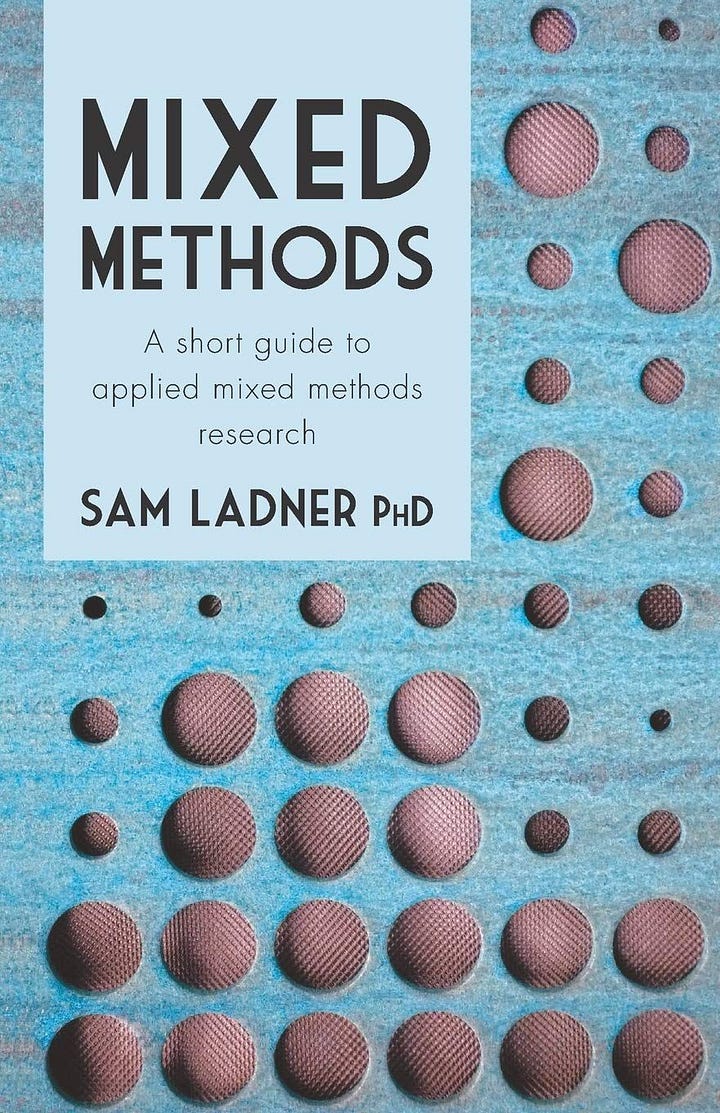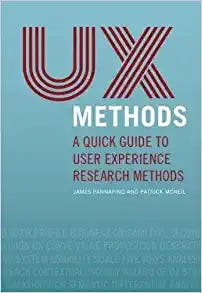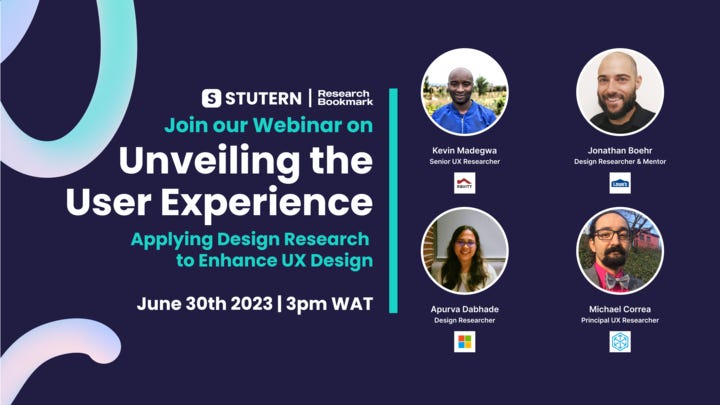Method Matchmaker: How to Pick the Ideal UX Research Methods for Your Project!
Explore our list of +100 research methods!
What happened this week….
We had an amazing mini-skill shop on how to choose the right UX research method. We delved into various UX research methods, their strengths, weaknesses, and optimal use cases. From interviews to surveys and usability testing, you'll gain a comprehensive understanding of each approach. If you weren't able to attend the sessions, we have recordings available to be watched at your own convenience.
Tips & Hacks for Choosing the Right UX Research Methods
Start with a Clear Research Objective: Before selecting a UX research method, it's crucial to define your research objective. Are you aiming to uncover user pain points, evaluate a new feature, or gather insights for a complete redesign? Defining your objective helps narrow down the appropriate research methods.
Example: If you're working on optimizing a website's navigation, methods like card sorting, tree testing, or clickstream analysis can provide valuable insights.
Mix Qualitative and Quantitative Research: A well-rounded UX research approach often combines qualitative and quantitative methods. Qualitative research (e.g., interviews, observations, and usability testing) provides in-depth understanding, while quantitative research (e.g., surveys, A/B testing, and analytics) adds statistical validity to your findings.
Example: Conducting user interviews to uncover pain points and following up with a large-scale survey to validate and quantify the impact of those pain points.
Consider the Context: Different research methods are suitable for different contexts. Consider the environment in which users interact with your product—be it in-person, online, or on mobile devices. This consideration will help you choose the most appropriate methods to gather accurate insights.
Example: If you're designing a mobile app, conducting in-context studies or remote usability testing on mobile devices will provide a more authentic user experience.
Leverage Existing Data: Don't forget to tap into existing data sources that can complement your UX research efforts. Analytics tools, heatmaps, customer support logs, and social media analytics can offer valuable insights into user behavior, pain points, and preferences.
Example: Analyzing website analytics and heatmaps can help identify high bounce rates, poorly performing pages, and areas where users spend the most time.
Iterative Design and Testing: UX research is an iterative process, meaning you should continuously test and refine your designs based on user feedback. By conducting regular usability testing, you can identify areas of improvement, gather feedback, and validate design decisions.
Example: Run regular usability tests with prototypes at various stages of the design process to identify pain points early on and make informed design decisions.
Embrace Remote Research: Remote research methods have gained immense popularity, especially in today's digital world. Remote usability testing, remote interviews, and online surveys enable you to reach a wider audience, save time and resources, and conduct research across geographical boundaries.
Example: Conducting remote moderated usability tests using video conferencing tools to observe and gather feedback from users in different locations.
Stay Informed and Adapt: The UX field is ever-evolving, with new research methods emerging regularly. Stay updated with industry trends, attend conferences, participate in webinars, and engage with the UX community to learn about innovative research methods and adapt your approach accordingly.
Example: Exploring eye-tracking technology or biometric sensors to gather deeper insights into user behavior and emotional responses.
Still, finding it difficult to find the right UX research method? Check out the Research Bookmark Methods page! It contains a variety of methods, each providing guidance on how to apply them, making it easy to choose the right approach for your specific needs.
Remember, choosing the right UX research methods is a combination of careful consideration, creativity, and adaptability, so be sure to explore different approaches and experiment with new methods. Don't be afraid to think outside the box and adapt your research process to fit the unique needs of your project.
⭐ Event corner ⭐
Discover how design research methods and techniques can be applied practically to create exceptional user experiences. Join our session as our expert speakers guide you in leveraging design research insights to shape your UX design decisions. Unlock the secrets to enhancing user experiences with us.
Recommended Books on Research Methods….




UX Methods by James Pannafino and Patrick McNeil
Universal Methods of Design by Bella Martin and Bruce Hanington
Mixed Methods by Sam Ladner
101 Design Methods by Vijay Kumar
Happy weekend!
The RB Team



